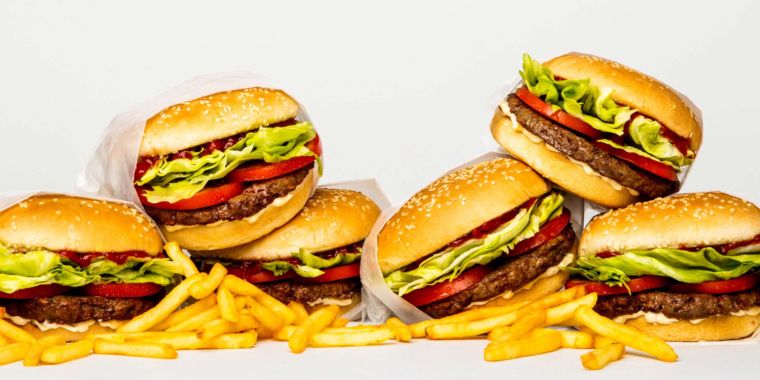- cross-posted to:
- vegan@lemmy.ml
Indeed, when independent researchers at Johns Hopkins University decided to get the best estimates they could by combing through the published literature, they found that in the 11 life cycle analyses they turned up, the average greenhouse gas footprint from plant-based meats was just 7 percent of beef for an equivalent amount of protein. The plant-based products were also more climate-friendly than pork or chicken — although less strikingly so, with greenhouse gas emissions just 57 percent and 37 percent, respectively, of those for the actual meats.
Similarly, the Hopkins team found that producing plant-based meats used less water: 23 percent that of beef, 11 percent that of pork, and 24 percent that of chicken for the same amount of protein. There were big savings, too, for land, with the plant-based products using 2 percent that of beef, 18 percent that of pork, and 23 percent that of chicken for a given amount of protein. The saving of land is important because, if plant-based meats end up claiming a significant market share, the surplus land could be allowed to revert to forest or other natural vegetation; these store carbon dioxide from the atmosphere and contribute to biodiversity conservation. Other studies show that plant-based milks offer similar environmental benefits over cow’s milk.
…
Soy milk, for example, requires just 7 percent as much land and 4 percent as much water as real milk, while emitting only 31 percent as much greenhouse gas. Oat milk needs 8 percent of the land and 8 percent of the water, while releasing just 29 percent as much greenhouse gas. Even almond milk often regarded as a poor choice because almond orchards guzzle so much fresh water—uses just 59 percent as much water as real milk.
But not all plant-based milks deliver the same nutrient punch. While soy milk provides almost the same amount of protein as cow’s milk, almond milk provides only about 20 percent as much—an important consideration for some. On a per-unit-protein basis, therefore, almond milk actually generates more greenhouse gas and uses more water than cow’s milk.



Yeah, I was toying with the hypothetical of needing a licence to eat beef
That way, only people who actually need and use all that protein can get it (e.g. body builders, people with specific medical needs)
That would solve the demand side, at least
Just like cattle, which are much more massive than us, we can get all our needed carbs, fats, proteins, vitamins and minerals from plants. One of the most insane stats when it comes to the beef industry is 3/4 of all crops grown in the US are used to produce feed for livestock.
Ideally we would switch 100% to vegan alternatives so then we’d have more than ample supply! Instead of a license for beef, how about something like if you havest it you take it to help eliminate hunger. I’m a vegan weightlifter (7 Years) and at 5’10" 185lb I can confidently say I feel better overall, more energized, and have no issues with protein deficiency.